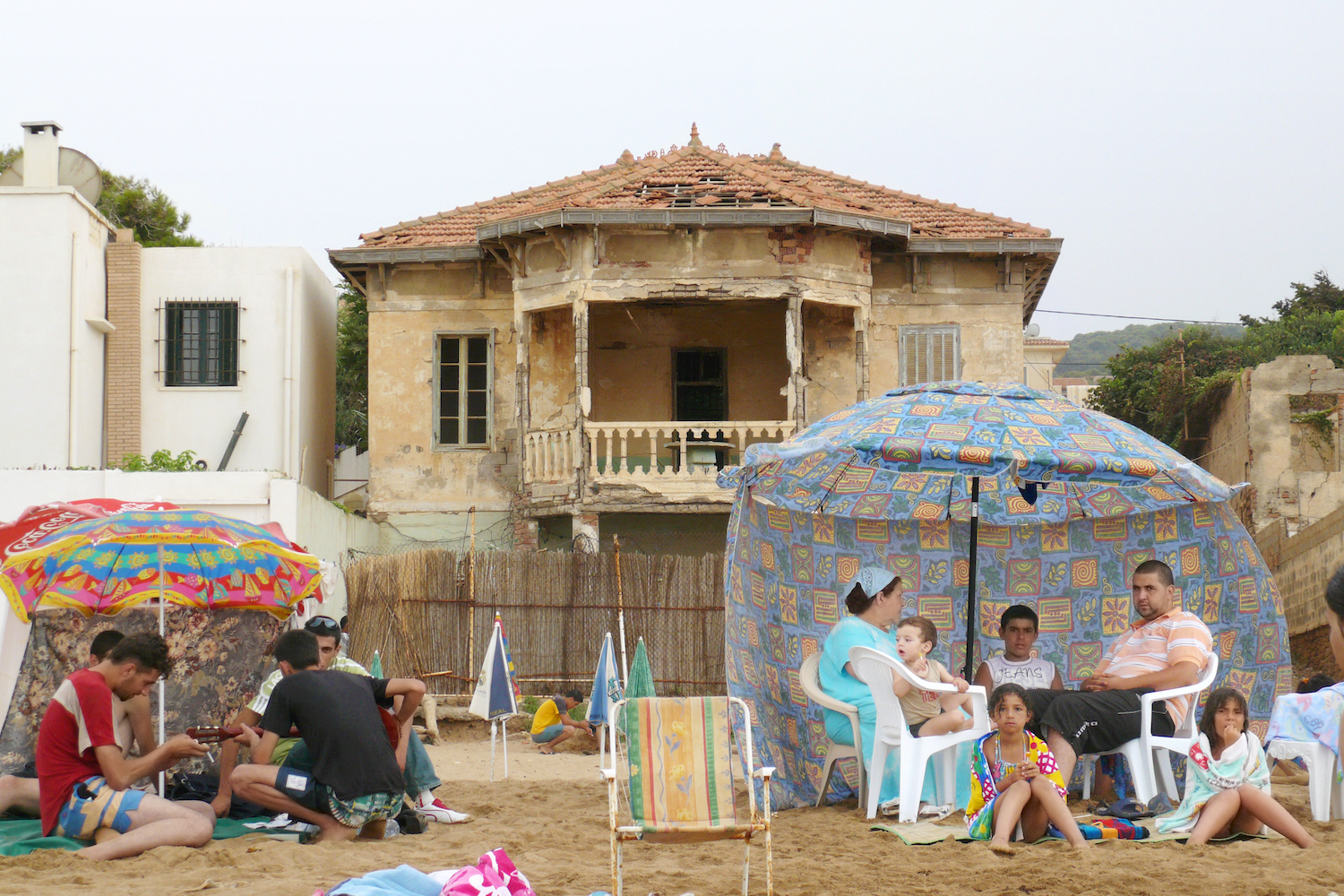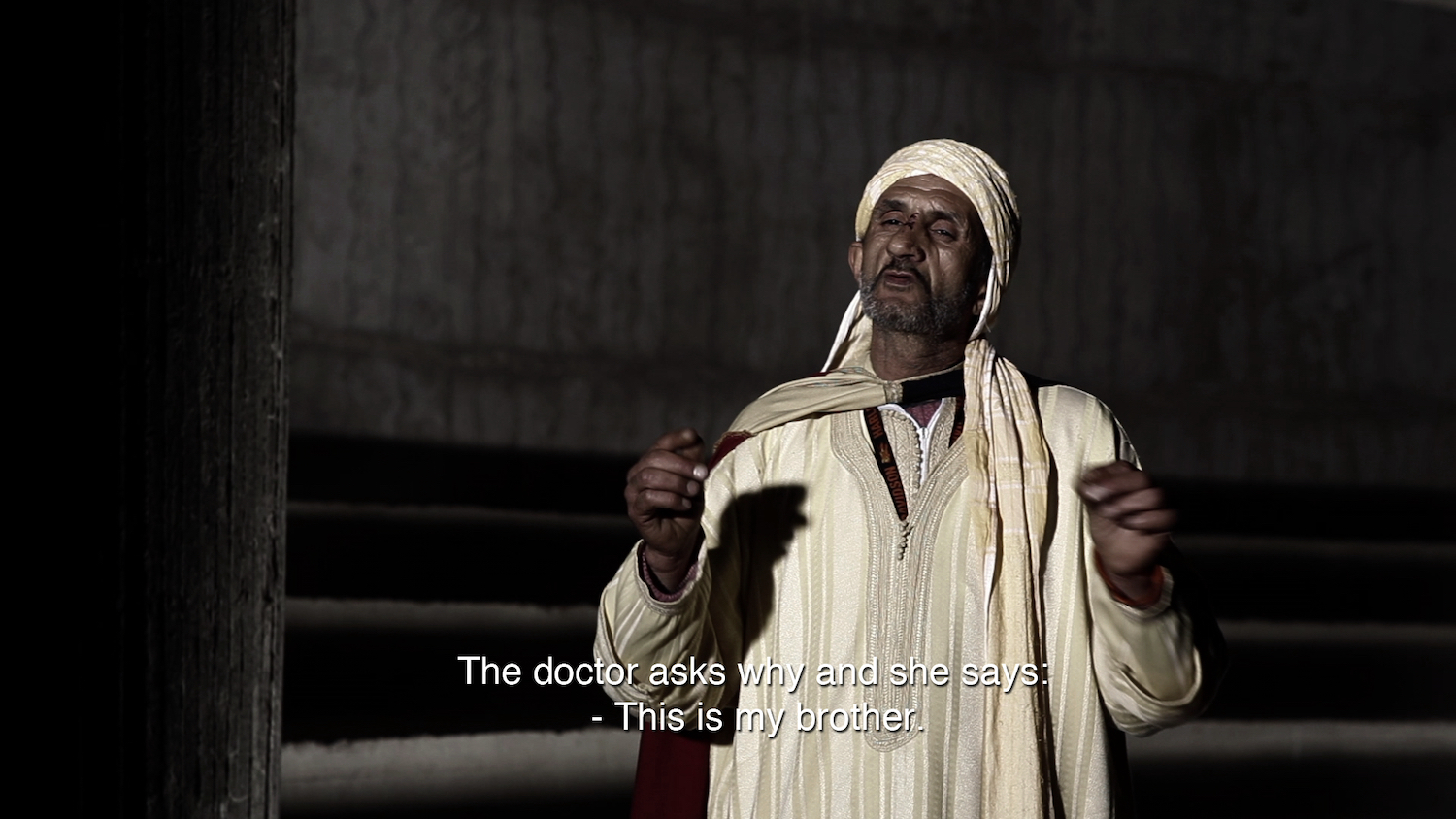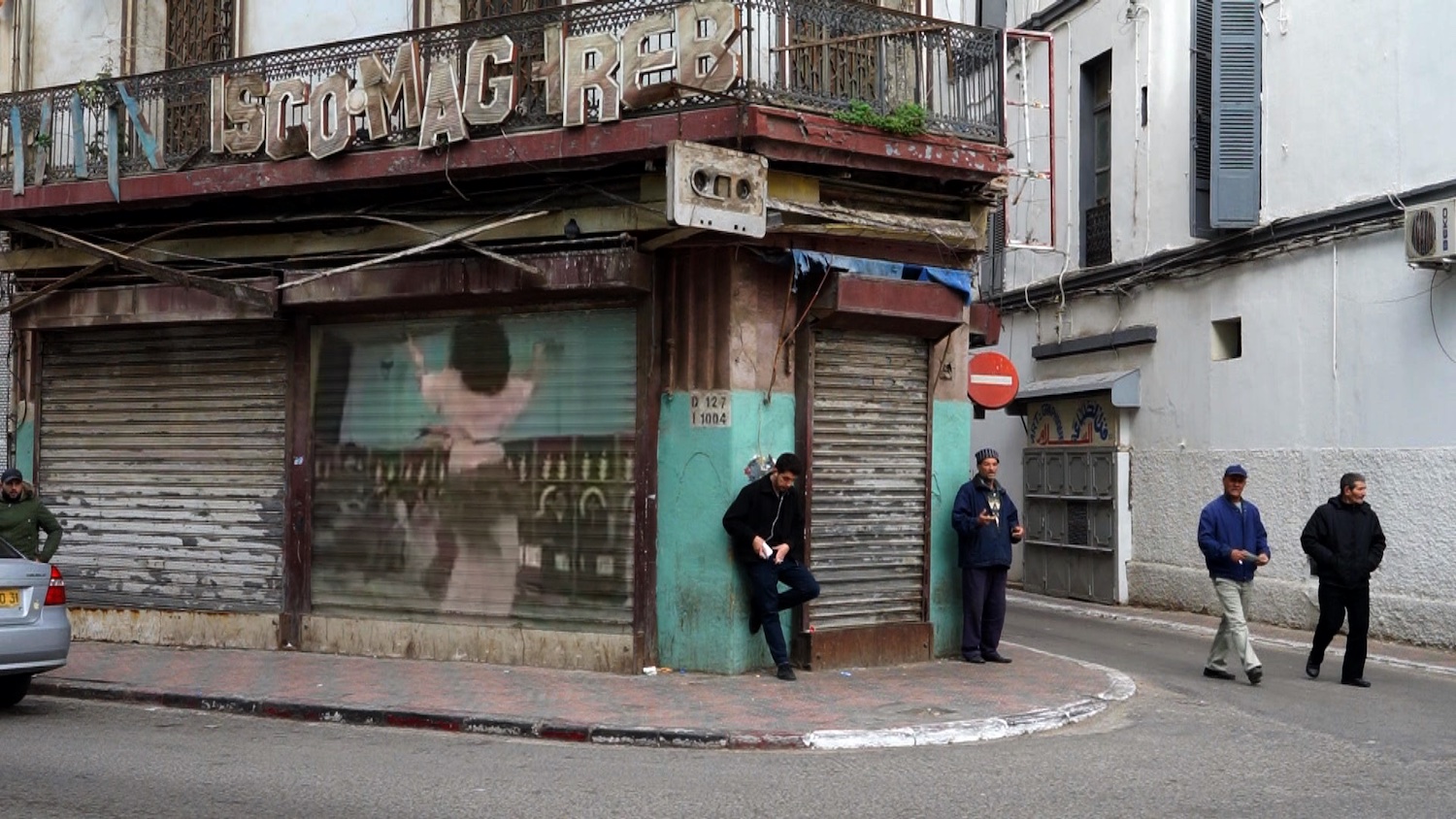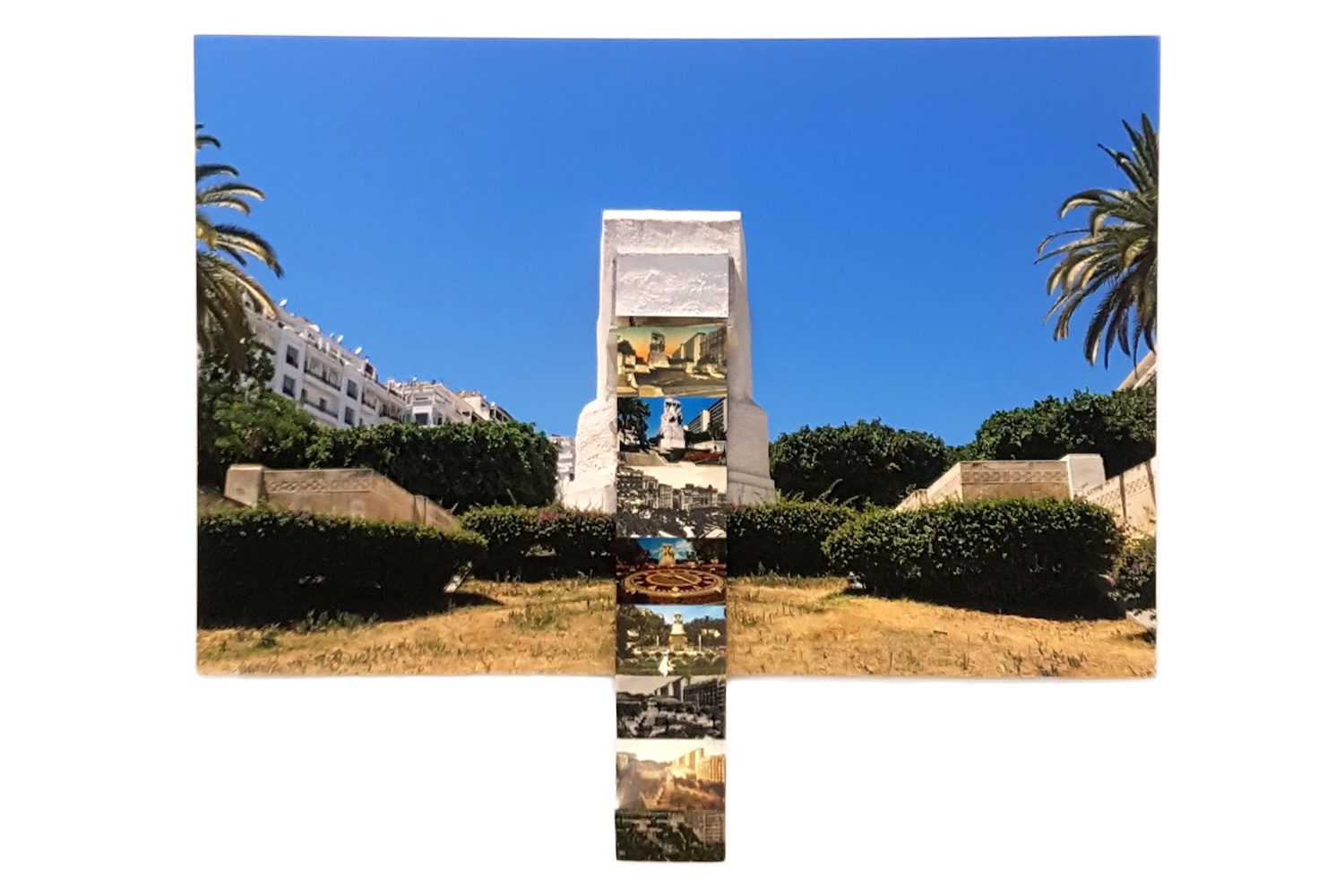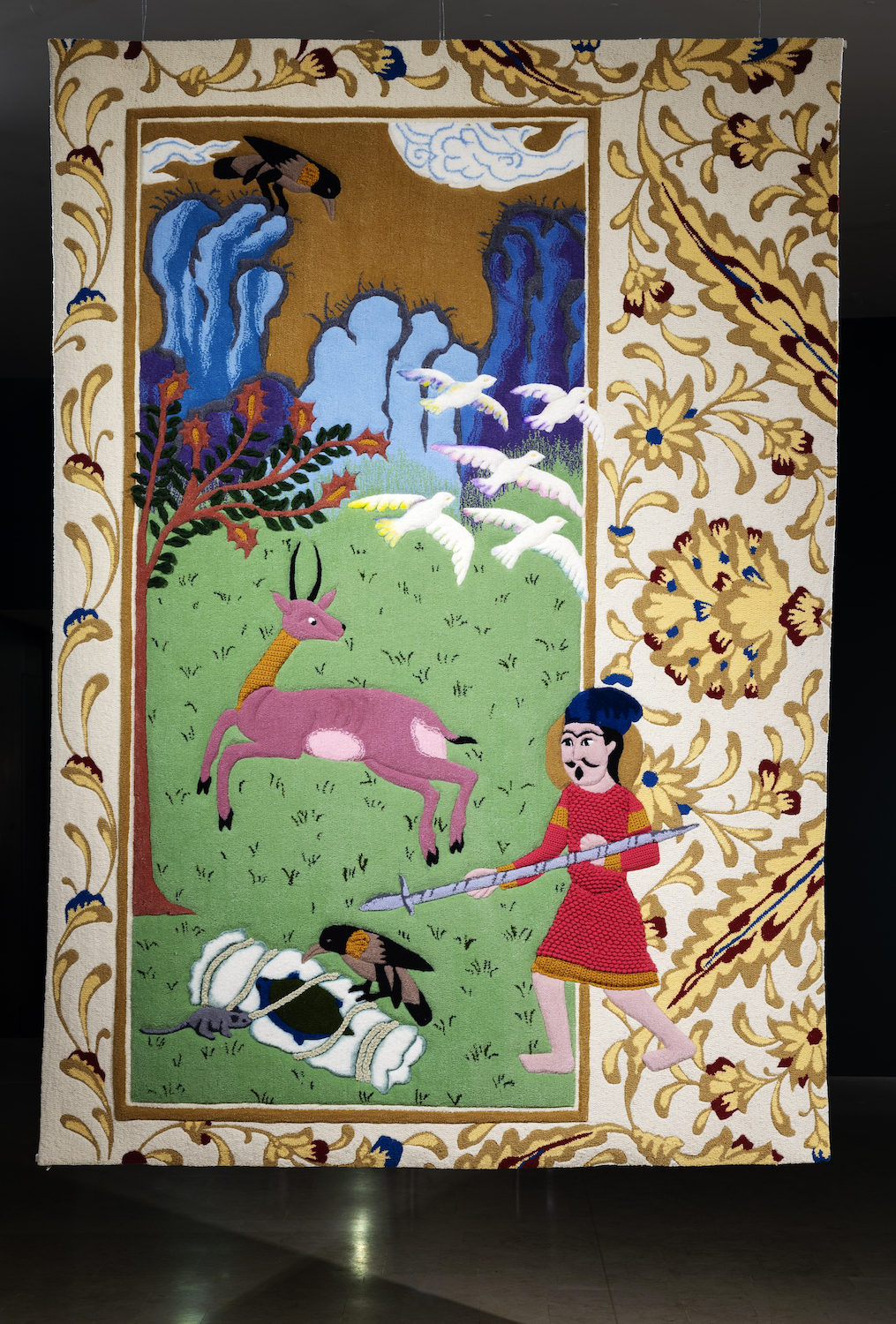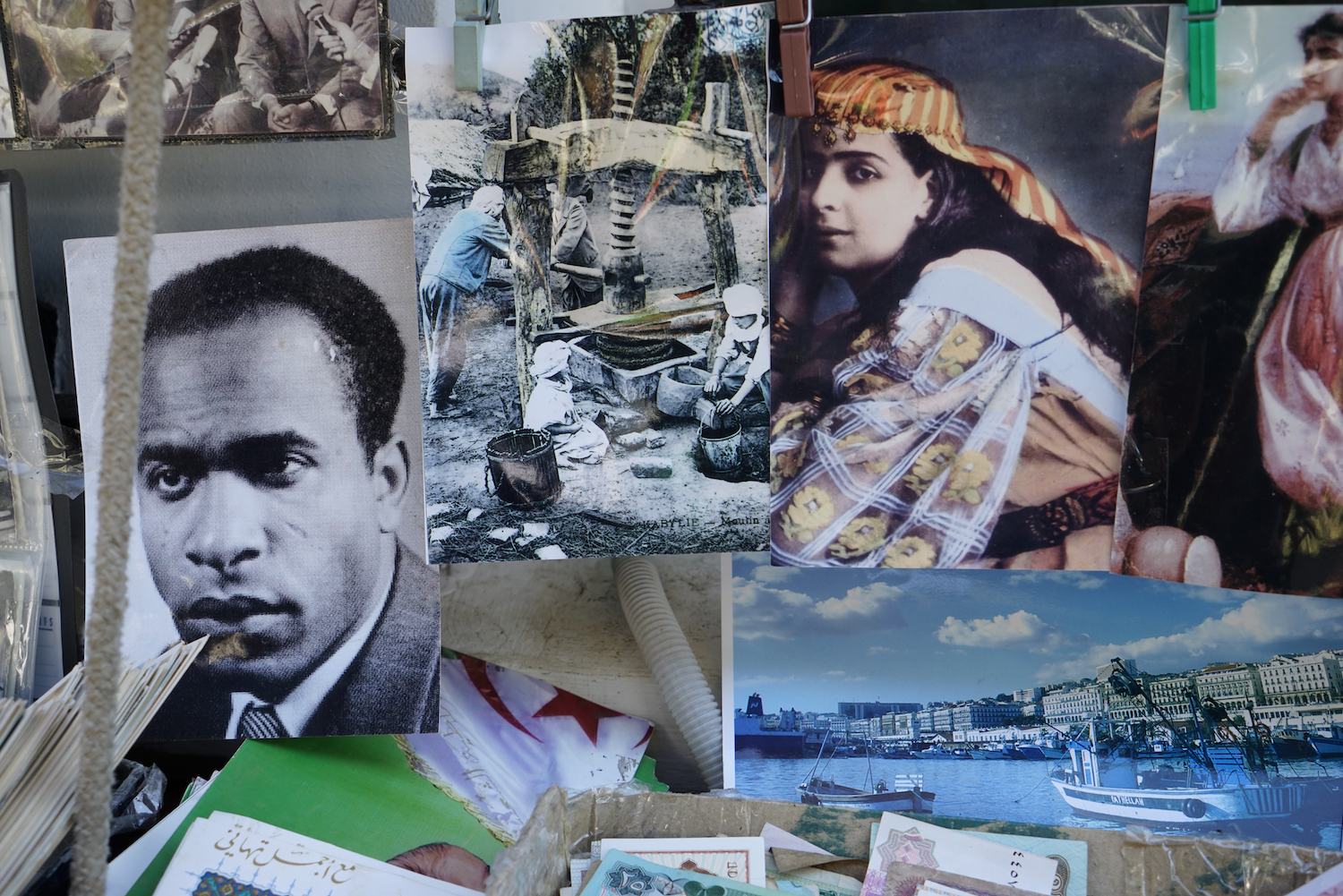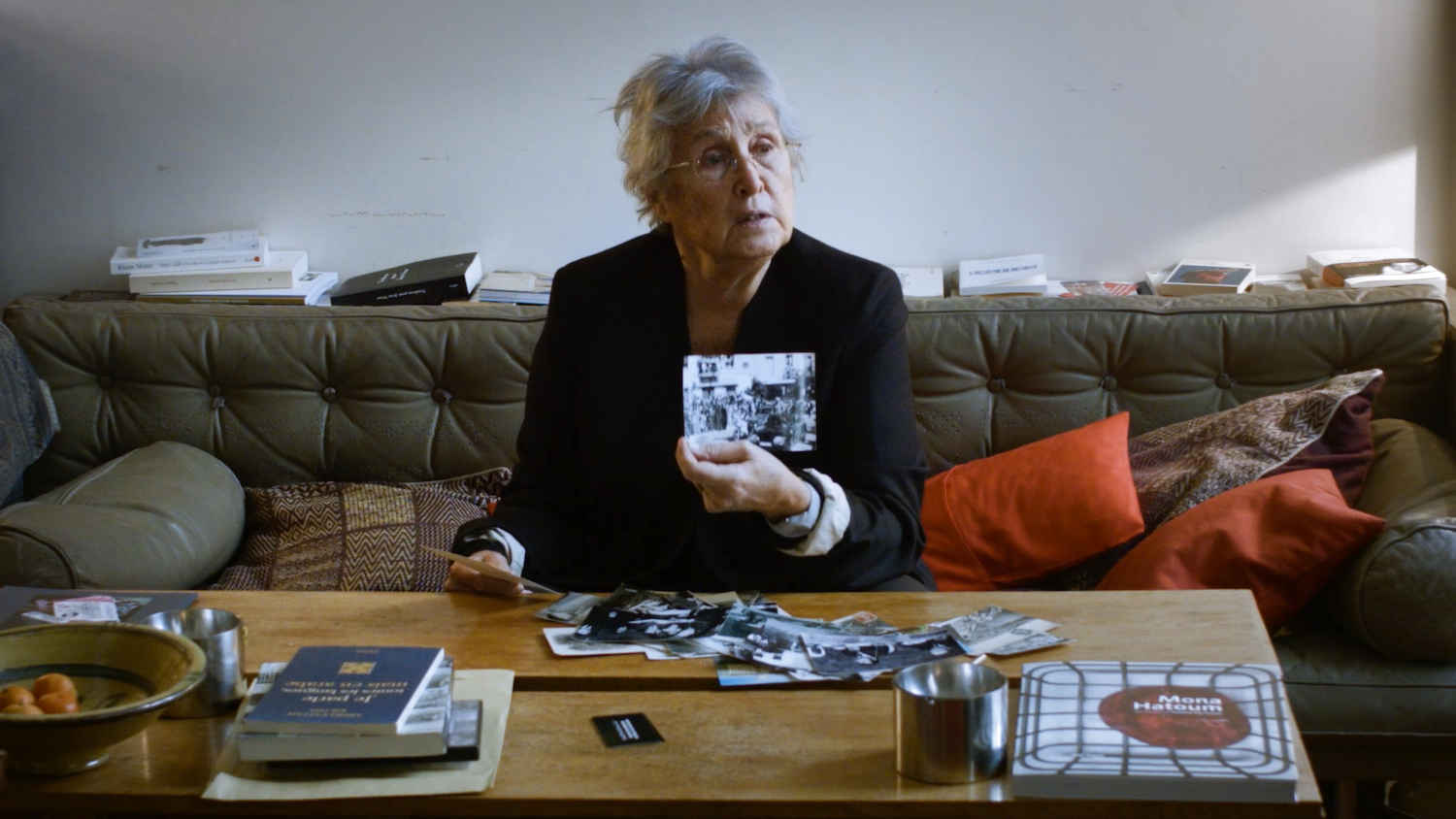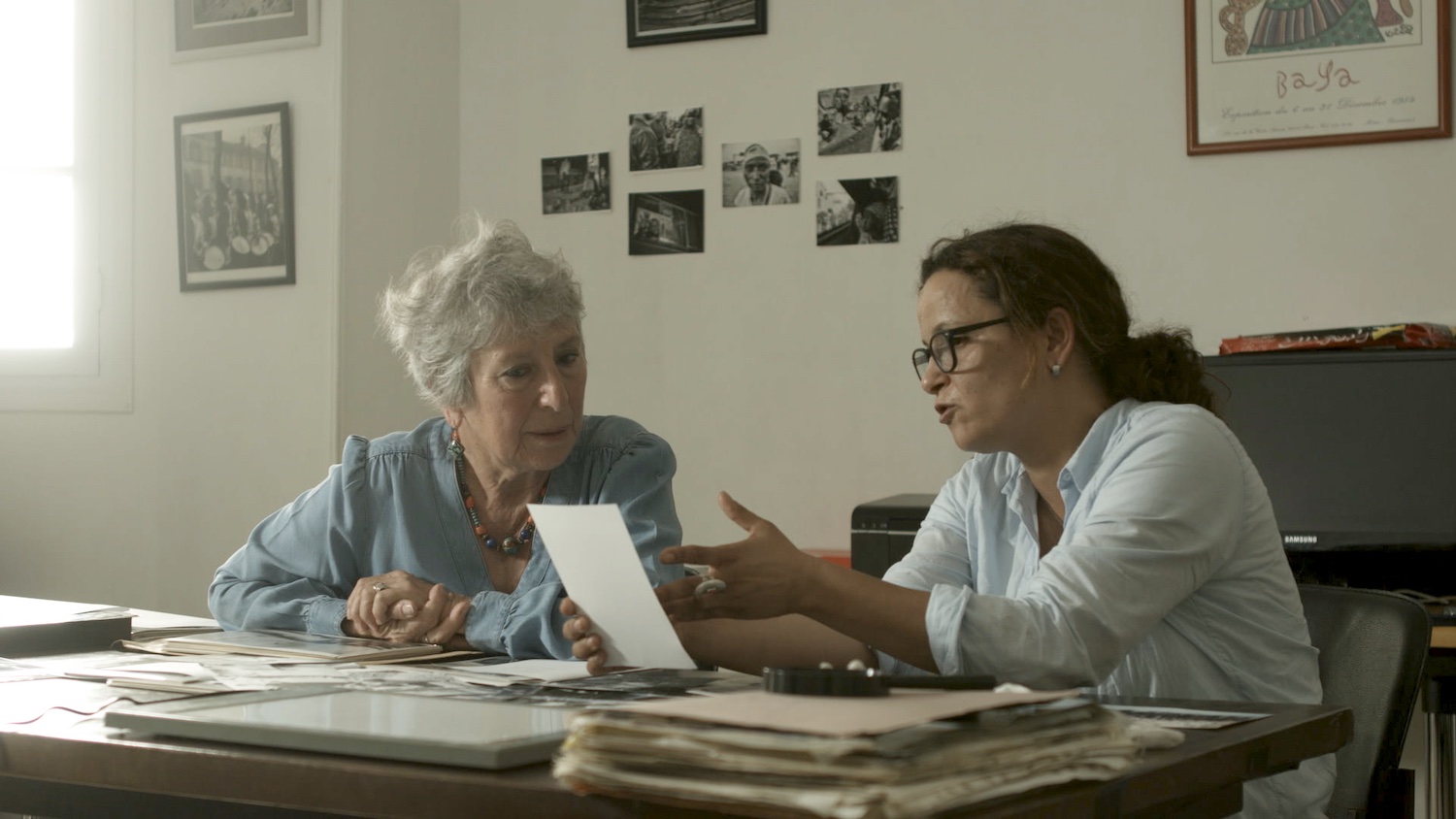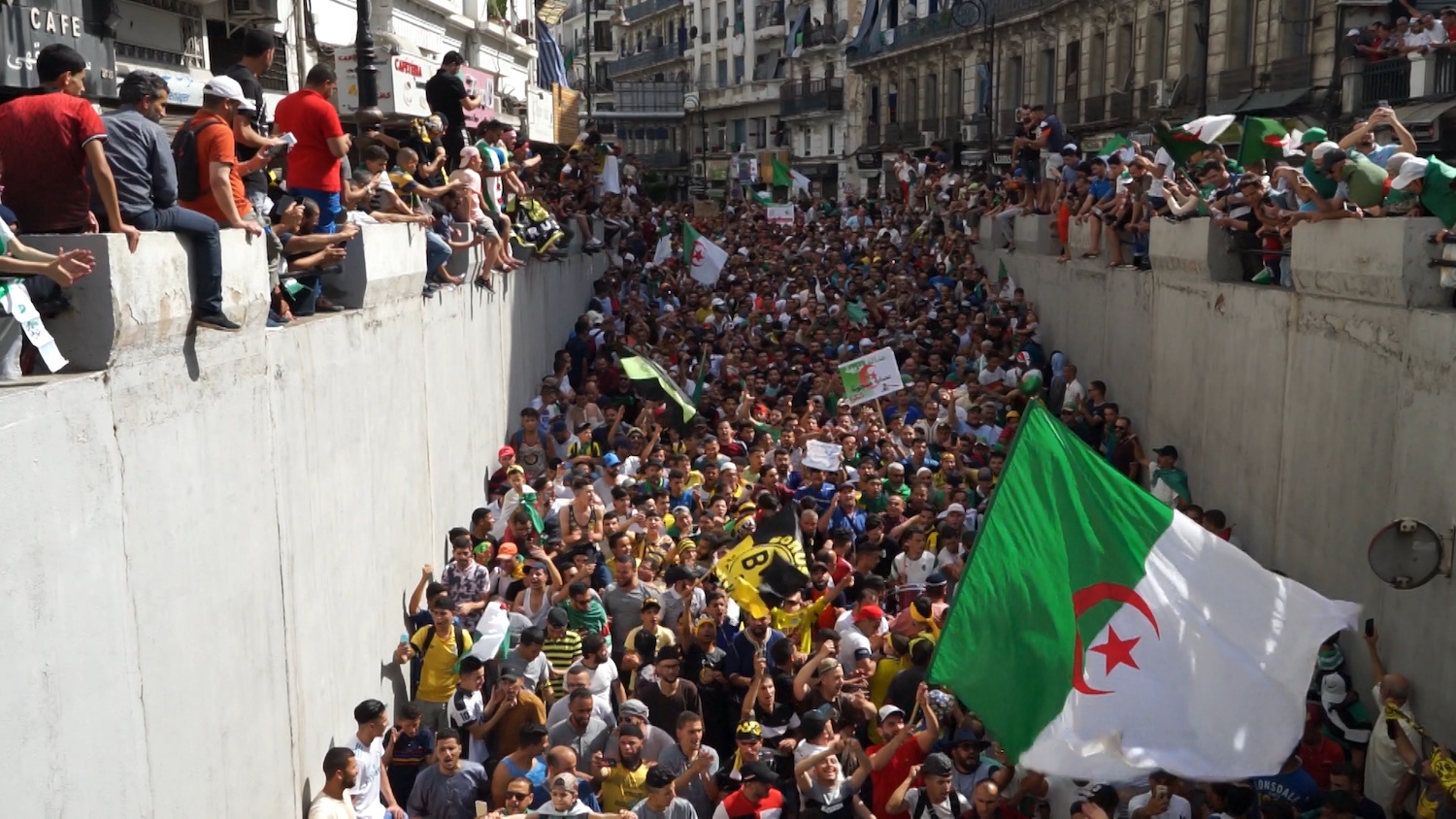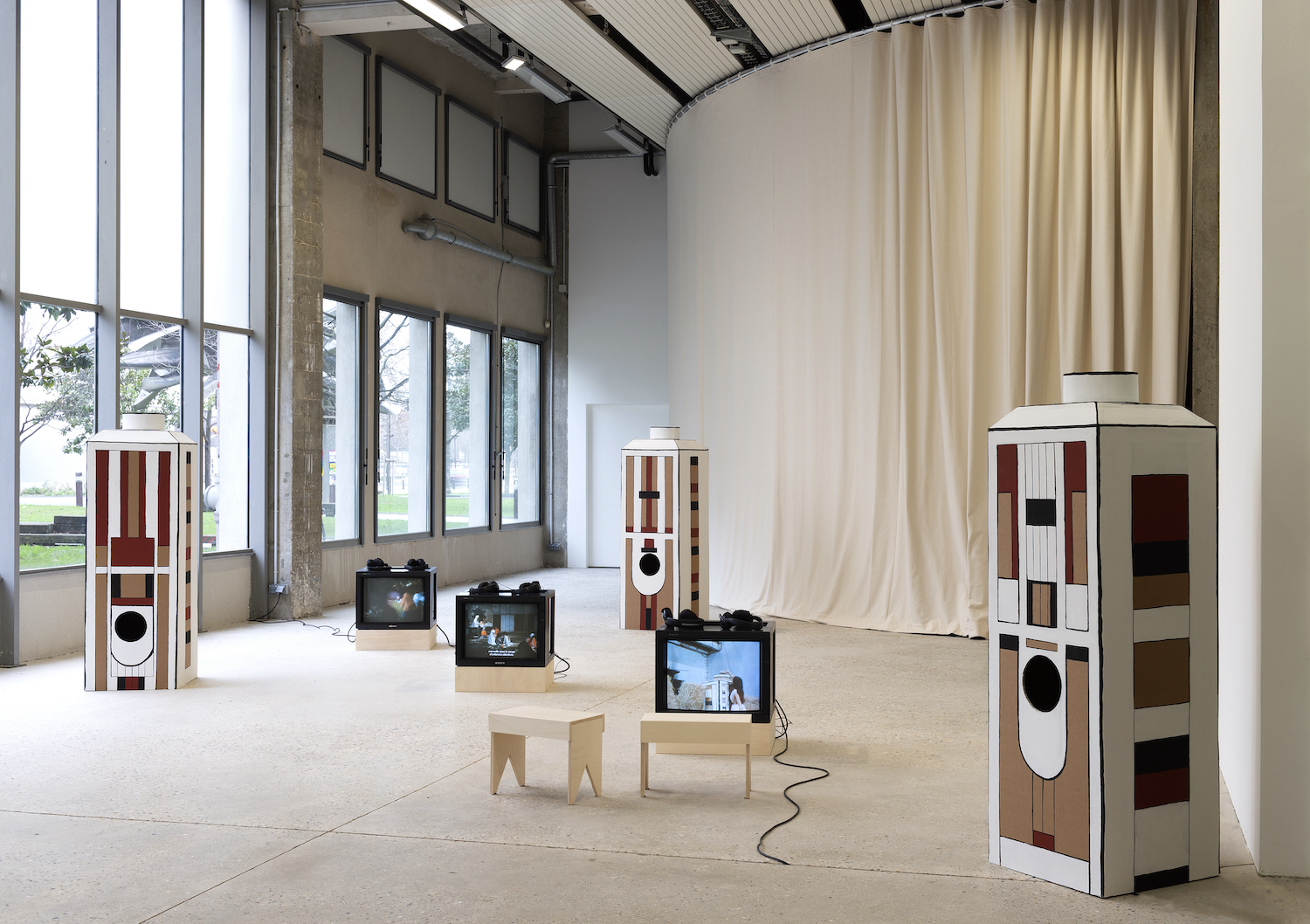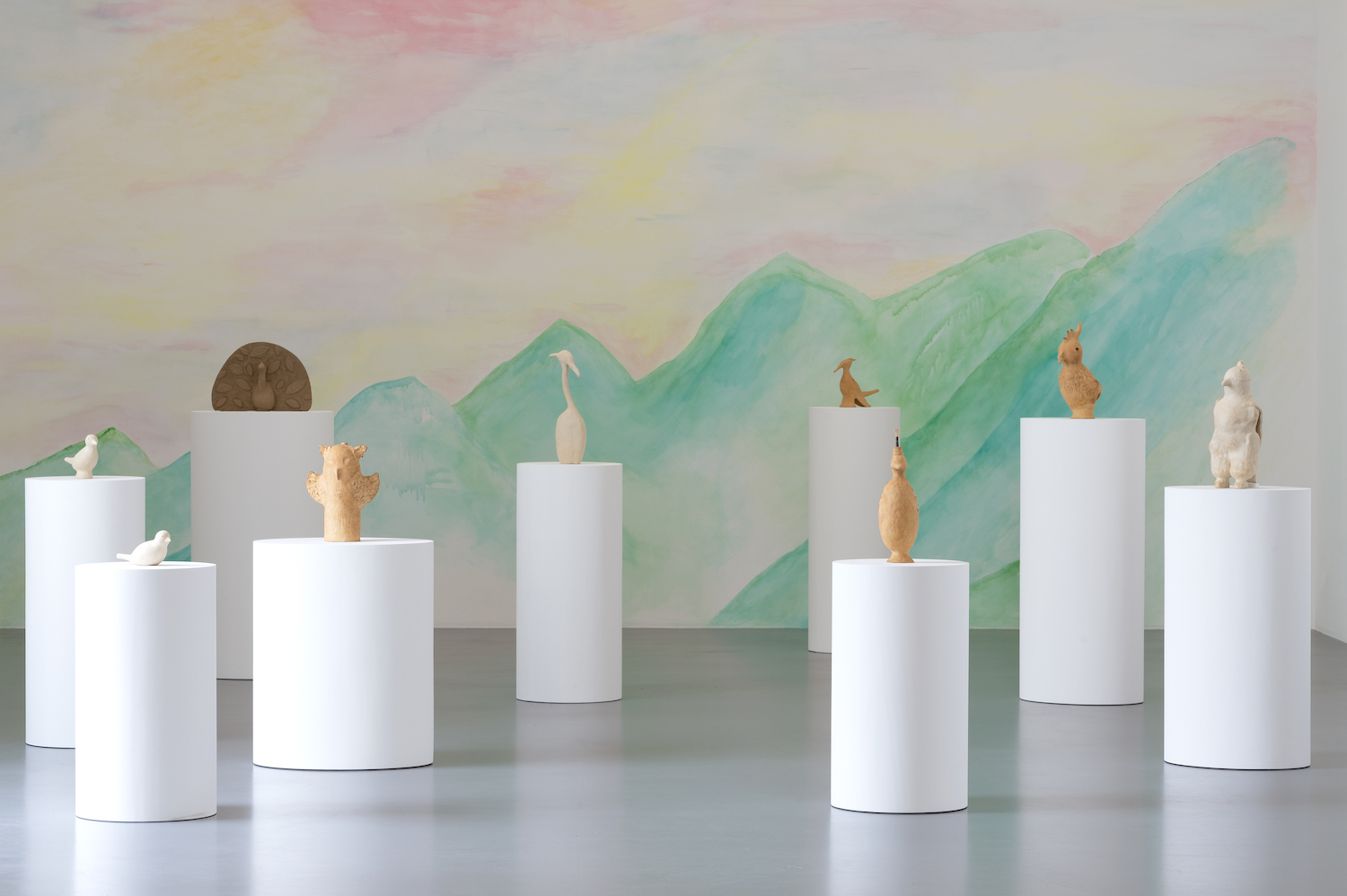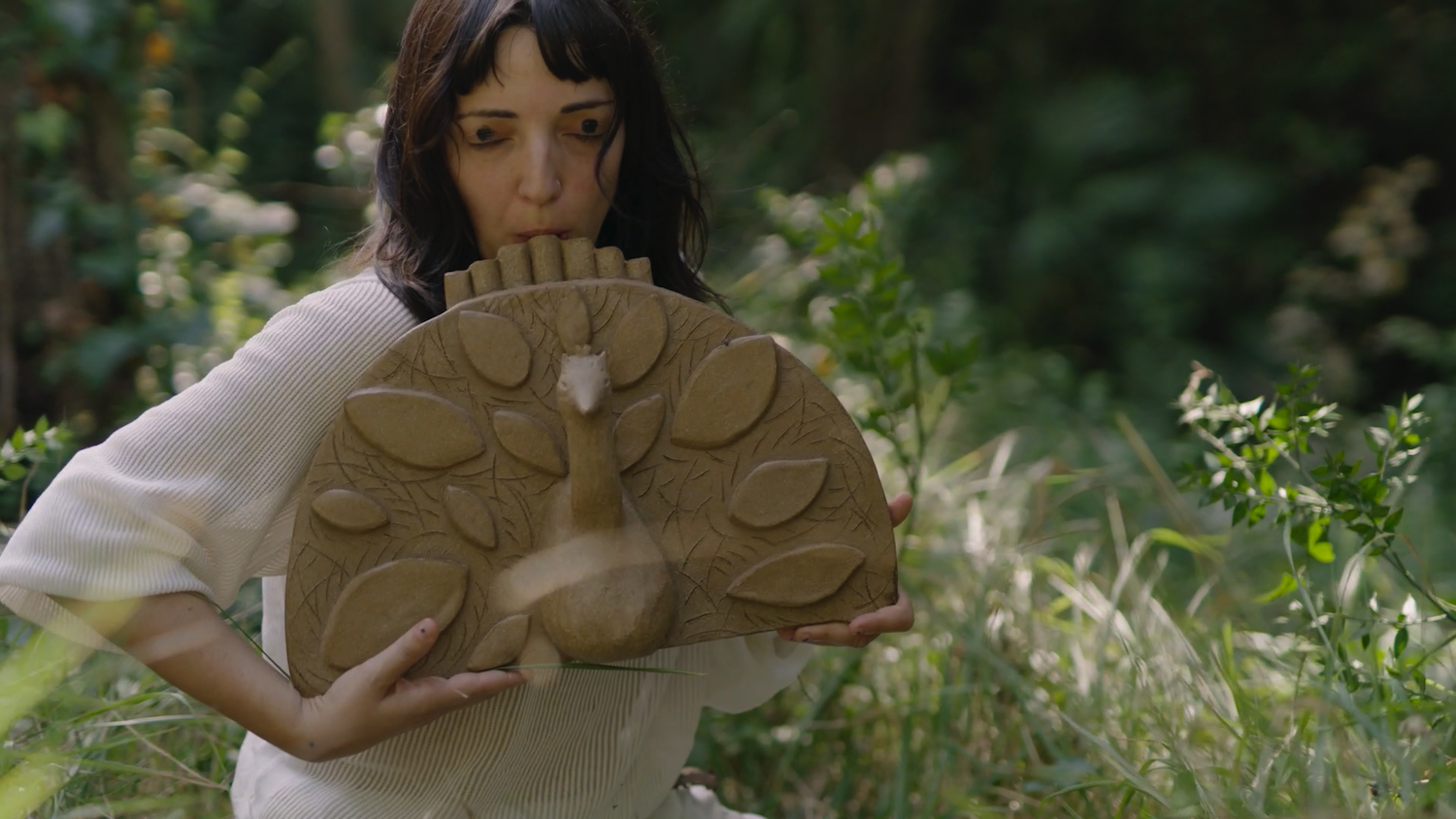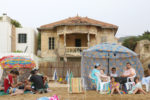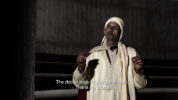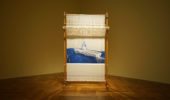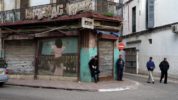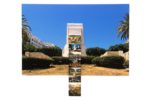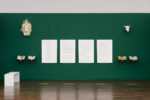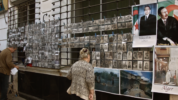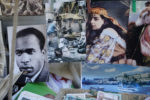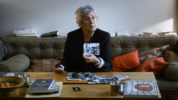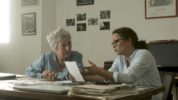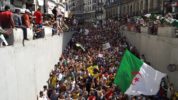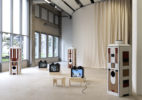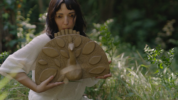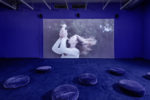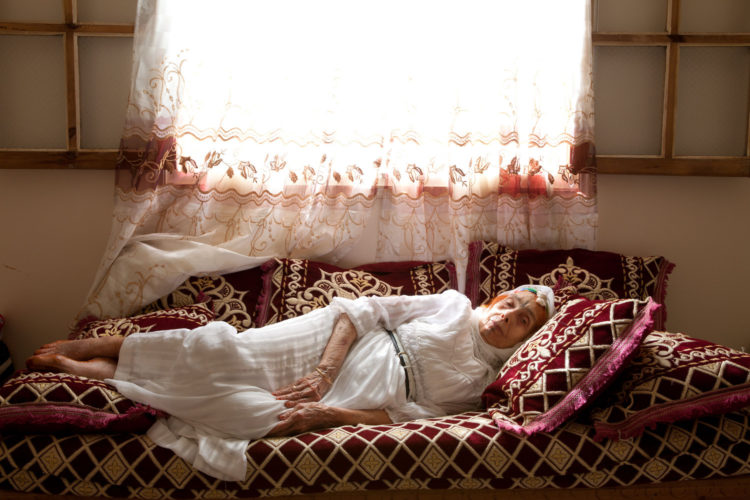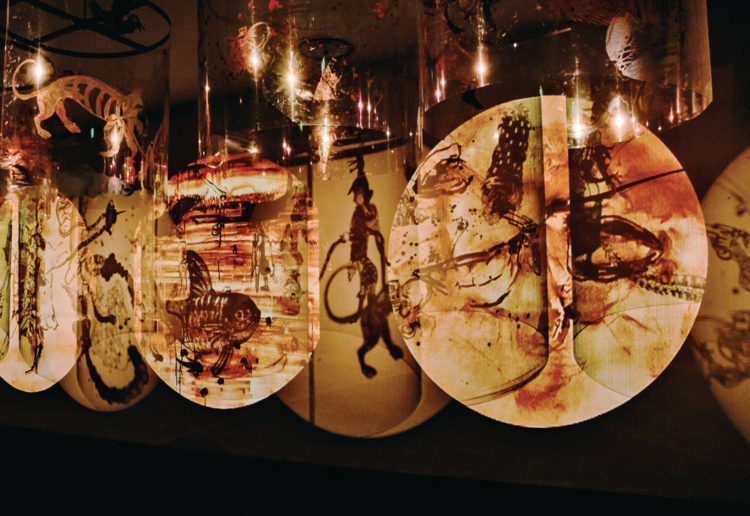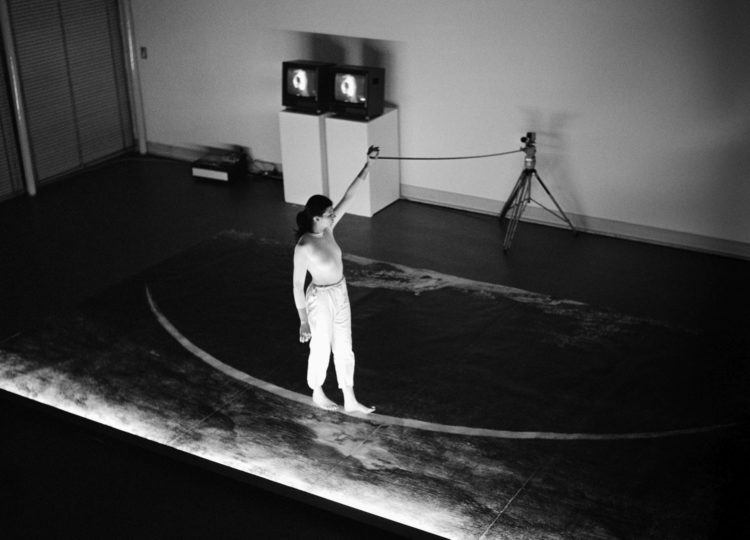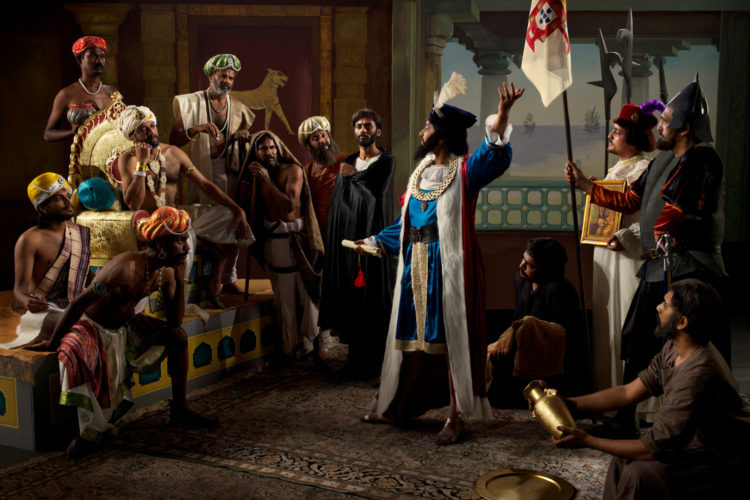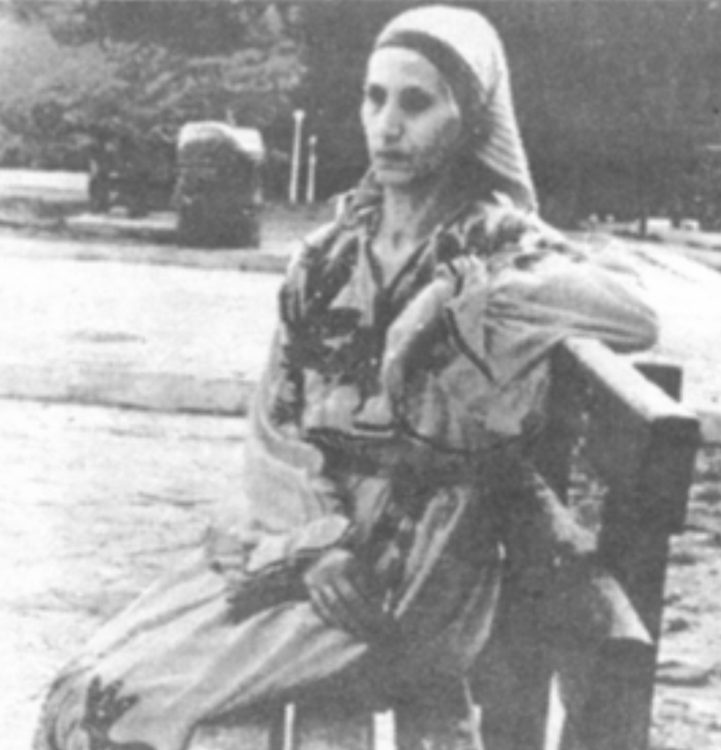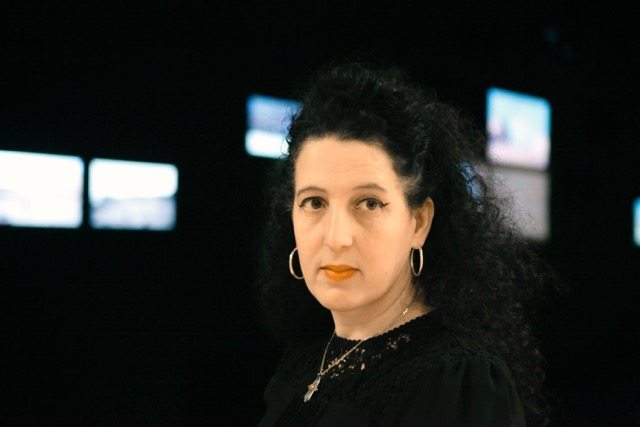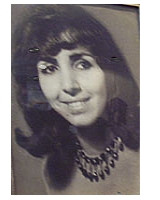Katia Kameli
Kameli, Katia. Dirié, Clément. « Le Roman algérien. Qui parle quand les images s’expriment ? », Mémoires en jeu, « L’Algérie, la guerre et ses mémoires, aujourd’hui », n°15-16, winter 2021-2022, p. 199–206.
→Katia Kameli, texts by Omar Berrada, Clément Dirié and Kaelen Wilson-Goodie, interview of the artist lead by Fabienne Bideaud, Paris, Manuella Éditions, 2021
→Pinto Ribeiro, António. Kameli, Katia. Mpane, Aimé (eds.), Europa, Oxalá, exh. cat., Mucem, Marseille (October 20- January 16, 2021), Lisbonne, Edições Afrontamento, 2021
Hier revient et je l’entends, Bétonsalon et Institut des Cultures d’Islam, Paris, January 19 – April 16, 2023
→Le Cantique des oiseaux, La Criée, Rennes, May 21 – August 28, 2022
→She Rekindled the Vividness of the Past, Kunshalle, Münster, September 7 – November 24, 2019
French-Algerian visual artist and film-maker.
Since the mid-2000s and her studies at the Bourges École Nationale Supérieure d’Art, Katia Kameli has undertaken a multimedia practice (photography, video, drawing, sculpture, installation, sound and performance) exploring issues of culture, identities and the contemporary imaginations. Whether engaging with the hybrid genealogies of Raï (Ya Rayi, 2017) or Jean de La Fontaine’s Fables (Streams of Stories, 2015-2023), reshuffling the cards of Algeria’s national story (Le Roman algérien, since 2016) or the foundations of ancestral knowledge (La Parenthèse, 2016), interrogating narrative techniques (The Storyteller, 2012) or the metaphorical weight of myth (Le Cantique des oiseaux, 2022-2023), she acts as image-maker, deciphering representations and investigating the structure of iconographies. Her projects seek to connect and rearticulate social realities, cultural constructions and historical moments that are seemingly disparate, and sometimes intentionally interrupted or silenced. She sees herself as “translator”, extending form and meaning and proposing an embodied rewriting of reciprocated influences, counter-narratives in which emotion is given the space it deserves.
Though K. Kameli, with her dual Algerian and French culture, initially focused her practice on the documentation of developments in contemporary Algeria and the witnessing of the experience of the “in-between”, from the early 2010s on she has widened her scope to include the examination of collective memories. Contemporary geographical displacement around the Mediterranean doubles as a journey into the past. On top of the search for the origin story of a person, a family, a generation is superimposed a study of the layers of history of a country and the traditions that make it, the representations that reveal or obscure it. Each time the artist scrutinises context, reframes and remounts, enriching narratives and horizons. Reclaiming control to create a shared territory, she produces a fertile ground for interpretations of the past and aspirations for the future, making space for individual subjectivities. “I am a utopian, I still believe art can change uniformised thinking”, declares K. Kameli. Recently, vernacular and artisanal motifs, the necessity to render visible a pluralised women’s history, and a desire to combine visual arts, poetry and choreography have become central themes.
Three bodies of works are particularly emblematic of her approach. Le Roman algérien is a cycle that turns a critical eye on our relationships with narratives, ideologies, images and the objects that shape and translate them, in the context of contemporary Algerian history. Stream of Stories presents an analysis of intertextuality and image production, drawn from the exploration of the oriental origins of the Fables of La Fontaine. Le Cantique des oiseaux is a textual setting and staging of a founding myth of Persian tradition, which the artist reveals in watercolour, musical ceramic, mural and film.
Since 2016, K. Kameli has emerged as a prominent figure in the European artistic landscape, following a series of solo exhibitions in France (Marseille, Paris, Rennes) and Europe (Berlin, Glasgow, Kalmar, London, Lunster), as well as her presence in several notable collections (BPS22, Charleroi; Centre Pompidou, CNAP, Kadist, Paris; MACBA, Barcelona) and her curatorial work, including for the exhibition Europa, Oxalá (Brussels, Marseille, Lisbon).



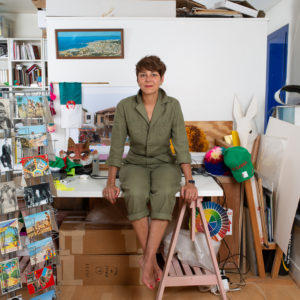
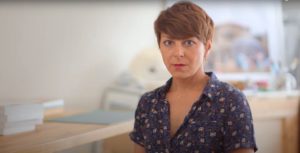 Katia Kameli pour Atelier A | ADAGP, March 2019 (French)
Katia Kameli pour Atelier A | ADAGP, March 2019 (French) 